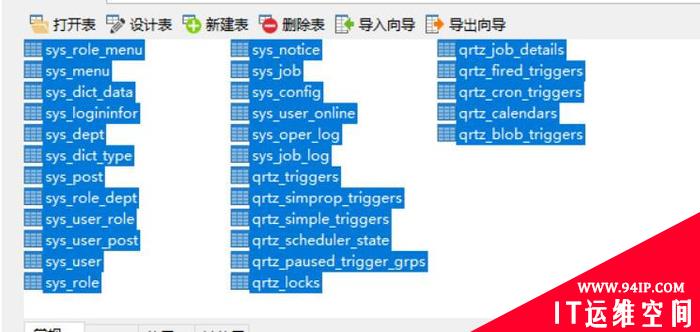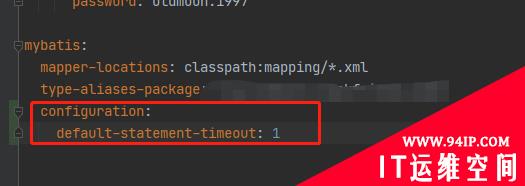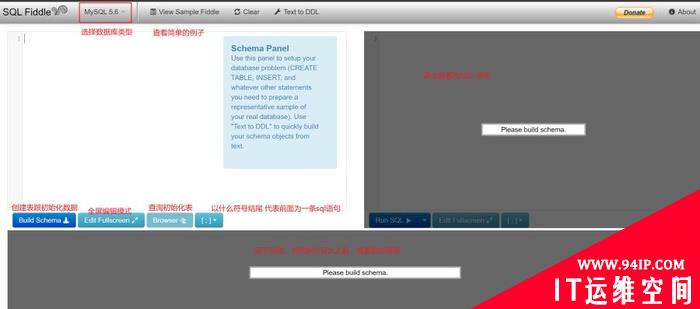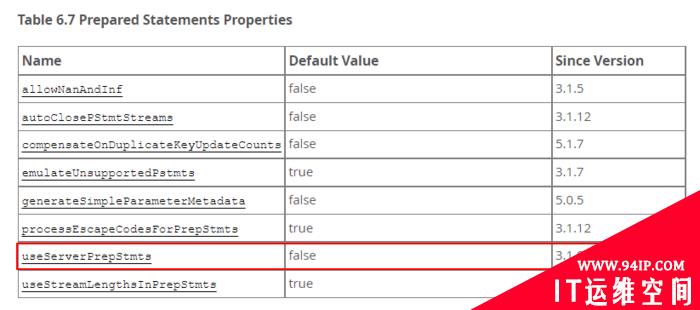由于在shell的世界中,并不像其他编程语言,它不支持我们所熟悉的方法返回。本文一起总结一下如何优雅的解决返回值问题?
测试程序
我们一般通过$?来获取上一个语句的输出。看一下下面得测试语句:
新建testReturn脚本
returnString(){
return $1
}
returnString $1
result=$?
echo "result=$result"现在我们有一个testReturn的脚本,里面有一个returnString的方法,我们希望它能够直接返回我们输入的参数。
当我们分别以hello,500,12作为输入参数时,他的执行和输出情况是一样的么?
./testReturn hello ./testReturn 500 ./testReturn 12
在心中试着猜一下可能的情况,现在我们来揭晓答案:
程序输出情况
在执行hello的时候,并没有输出hello,而是报了一个return只接受数字类型的错误
aven-mac-pro-2:avenwu.github.io aven$ ./testReturn hello ./testReturn: line 23: return: hello: numeric argument required result=255
在执行500的时候,页没有输出500,而是输出了244
aven-mac-pro-2:avenwu.github.io aven$ ./testReturn 500 result=244
执行12的时候,终于正确了,返回12
aven-mac-pro-2:avenwu.github.io aven$ ./testReturn 12 result=12
异常分析
现在我们分析一下returnString这个方法,为什么会有这么多种输出情况呢?
首先他的写法显然是不严谨的,但也不是完全错误,比如输入12他就正确返回了。
return本身是shell里面的buildin函数,笔者总结了下,他有以下几个特征:
return可以返回数字状态,常常用于返回0,1,标识一个函数执行后是否成功
注意return不可以返回非数字类型
同时数字类型也有可能发生溢出现象
全局变量
如果我们就是要返回一个字符串,怎么办呢?可以通过定义全局变量来进行赋值,类似于静态变量/成员变量的写法,我们让他的作用域穿透整个上下文。
result=""
returnString(){
result=$1
}
returnString $1
echo "result=$result"再看一下输出,得到了我们需要的结果:
aven-mac-pro-2:avenwu.github.io aven$ ./testReturn hello result=hello aven-mac-pro-2:avenwu.github.io aven$ ./testReturn 500 result=500 aven-mac-pro-2:avenwu.github.io aven$ ./testReturn 12 result=12
但是这样写,会污染全局变量,并且result这个变量很容易在内部和外部都被修改,导致内部修改失效。
eval
除了return,还有其他一些buildin的关键字,比如eval,local。
默认在当前脚本定义的变量都是全局变量,在方法中则可以通过local来定义局部变量,这样可以避免全局变量污染.
同时结合eval赋值语句,来实现变量的修改
returnString(){
local __result=$2
eval $__result=$1
}
returnString $1 result
echo "result=$result"同样我们也得到了希望的结果
aven-mac-pro-2:avenwu.github.io aven$ ./testReturn hello result=hello aven-mac-pro-2:avenwu.github.io aven$ ./testReturn 500 result=500 aven-mac-pro-2:avenwu.github.io aven$ ./testReturn 12 result=12 echo
最后在介绍一种方法,通过echo输出,结合command substitution。
这个command substitution也没有找到比较合适的翻译,姑且按字面意思翻译命令替换。
如果你的方法内部只有一处echo输出,那么也可以利用她来进行值得返回,不过这个就有点局限性,一定要确保方法内只有一次输出,否则就会出现赋值内容过多。
returnString(){
local __result=$1
echo $__result
}
# 或者 result=`returnString $1`
result=$(returnString $1)
echo "result=$result"同样可以得到预期结果
aven-mac-pro-2:avenwu.github.io aven$ ./testReturn hello result=hello aven-mac-pro-2:avenwu.github.io aven$ ./testReturn 500 result=500 aven-mac-pro-2:avenwu.github.io aven$ ./testReturn 12 result=12
越界问题
现在我们已经有几种办法可以返回字符串了,那么return返回数字有时候正确,有时候又不正确是为什么呢?
我们知道return原本就是用于返回执行状态的,比如0,1.那么我们在返回500的时候,实际上是数据溢出了。
根据测试,我们推断shell的内置return承接返回值用的是一个字节的大小,也就是8位,最多可以输出无符号0-255的整形,范围之外的数据全部溢出显示。因此在使用return的时候,务必留意数值大小。
小结
通过shell命令可以很方便的写出一些小脚本,但是如果遇到逻辑复杂,建议通过其他更合适的预览来实现,比如Python,Golang之类。
转载请注明:IT运维空间 » Shell » Shell中关于处理方法返回值问题详解


![[DB2, Derby, H2, HSQL, Informix, MS-SQL, MySQL, Oracle, PostgreSQL, Sybase]](https://94ip.com./zb_users/theme/ydconcise/include/random/1.jpg)



















发表评论